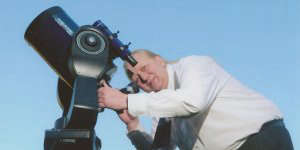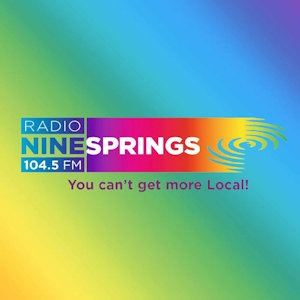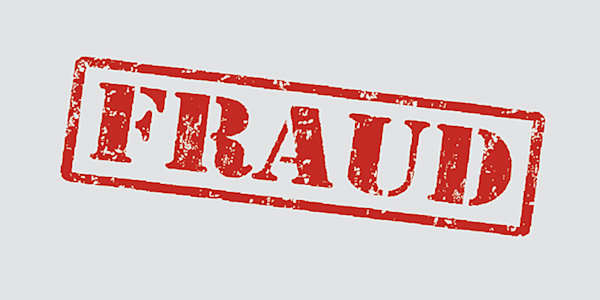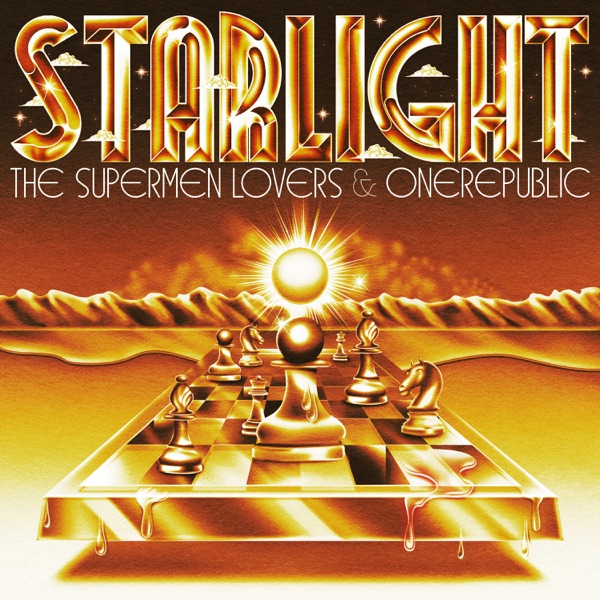
Monday 28th August to Sunday 3rd September 2023
Thursday 31st sees the second Full Moon of the month. When this occurs, the second one is commonly called a Blue Moon, but this is technically incorrect. The mis-interpretation of the definition first appeared in print back in 1946 and it stuck because it is easier to understand. Officially, a Blue Moon is the third full moon in a season of four. Let's just stay with the first definition!
This Full Moon occurs at perigee again, when the Moon is closest to the Earth in its orbit around us and looks slightly brighter and larger than at other times, so it is therefore called a Super Blue Moon.
On 31st, just as it's getting dark, the Moon will have risen above the horizon towards the east, with Saturn shining to the right of it and a little higher in the sky.

If you stay up to around 11pm, then the Moon will appear more towards the south east and Jupiter will have risen to the left of it in the east.

Ironically, full moons at this time of year tend to be at a relatively low altitude so they appear more orange than blue! The light being reflected from the Moon's surface passes through more of our atmosphere and this scatters the blue wavelengths. If you catch the Moon rising above the horizon, it sometimes looks huge. This is known as "Moon Illusion" and is simply a trick that your brain plays on you - although the effect has been known about for thousands of years, we still don't understand why! It has nothing to do with the Moon being at perigee.

Moon Illusion image courtesy of NASA
Screenshots courtesy of Stellarium
Copyright Adrian Dening and Radio Ninesprings 2023
www.starsoversomerset.com

 Wheelie Bins
Wheelie Bins
 Bus Route Changes
Bus Route Changes
 Courier Fraud
Courier Fraud
 False Fire Alarms
False Fire Alarms
 Dog DNA
Dog DNA
 Mobile Phones in Vehicles
Mobile Phones in Vehicles





